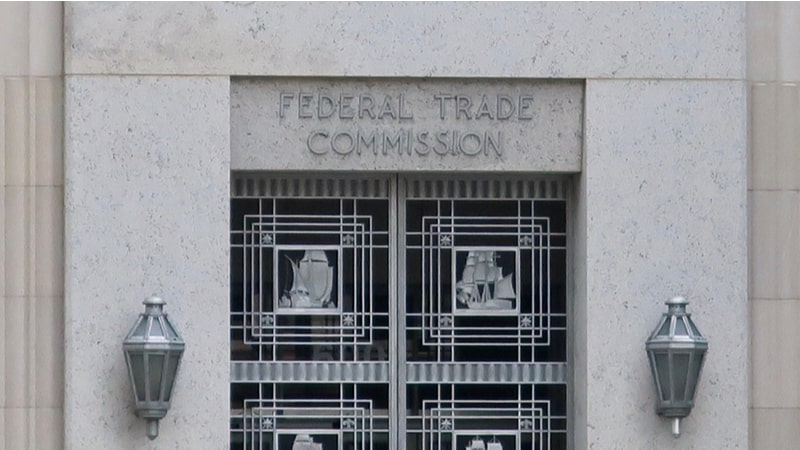
There’s nothing more important in the Federal Trade Commission’s mission than consumer protection. A recent upgrade to the agency’s consumer fraud reporting site that focuses on eliciting more precise – and thus more valuable – data from fraud victims is benefiting not only ripped-off consumers, but also the larger law enforcement community that depends on the same data to combat criminal activity.
The FTC launched the new site – ReportFraud.ftc.gov – on October 22 after months of design work and hundreds of rounds of customer testing. The effort’s primary objective on the front end is to lead consumers more surely through the fraud reporting process, and closer to possible recoveries of losses.
On the back end, using technology provided under a long-term contract with Leidos, the flow of more accurate fraud data from consumers then helps the agency – and a host of other law enforcement agencies – connect the dots between scammers and their fraudulent schemes.
A Better Process for Consumers
“We had very good user satisfaction surveys on the old site,” said Ami Dziekan, Program Manager of the FTC’s Do Not Call Registry, in an interview with MeriTalk. “But what we wanted was to get engagement with people who weren’t filling out the online complaint form to begin with. And we did that by making the user experience much cleaner and much easier.”
Central to accomplishing that goal with the new site, Dziekan said, is giving consumers a series of “next steps” they can take after reporting fraud to the agency. The new site features more of that ability, including next steps for people who have lost money to scammers, she said.
For victims that have lost money, their most important concern is recovery. The new FTC site guides consumers through the process – what steps they need to take to try to get their money back, and how do they avoid losing more. With a more user-friendly site, consumers are prompted to provide more useful data, and in turn, get better results back.
“We’re also hoping to help a lot of people who currently go to the phone to report complaints, but really could be better or equally served online,” she said. “The reason for that is the next steps are going to be much more accessible online because it offers resources like helping them with a letter, or giving them a link to a website. That’s what we are working towards.” The new site also lets consumers update their reports online, furthering the goals of increasing online self-service and savings costs for the agency.
Advanced Tech, More Data, Help Enforcement Functions
The new site also allows FTC to collect better data that helps other agency functions, including investigators and consumer education staff, Dziekan said. Collecting better data allows for better categorization of the data, and helps protect consumers, both in what materials the FTC puts out, and what cases it brings. All of the data is also made available to law enforcement partners – further extending the use of the data.
The new site’s back-end improvements also include putting machine-learning technologies to work. Those are part of the line-up of services – including data analytics and contact center operations – that Leidos provides to FTC under contracts going back to 2001.
The Development Story
Dziekan called the first step of the ReportFraud.ftc.gov site a “non-tech story, where we just called in all the experts to figure out what questions to ask, and how to ask them. Then we did a massive amount of user experience testing to make sure that we were asking good questions.”
After multiple proposals and rounds of testing, FTC ended up with a hybrid solution. After user testing, the agency found it could get the accuracy and consumer buy-in at the same time.
“Hundreds of hours of user testing pointed us in the right direction on things that we wouldn’t have even flagged as something users would be confused about, or users would get wrong,” Dziekan said. The agency was able to take those lessons learned during user testing to improve the end product and communicate with customers in a way they understand.
She said that learning will continue as the agency evaluates how consumers use the site, and makes more adjustments going forward.
